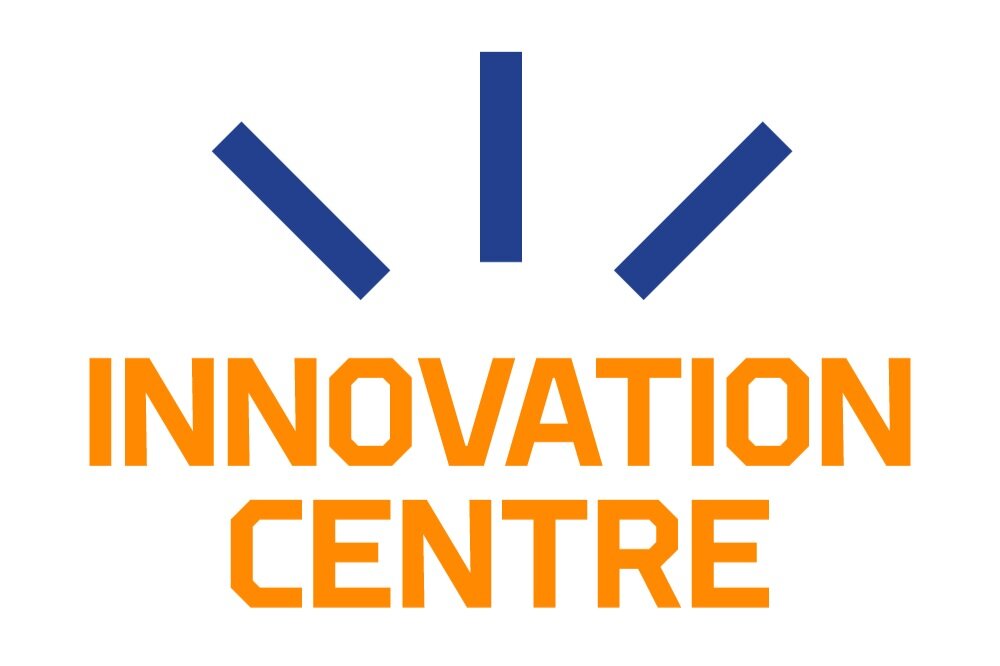Monetizing your IP – how to earn with patents?
Written by Petri Leukkunen
Mika Pinolehto, IPR Business Manager and Patent Attorney from Berggren Oy visited as our Innovisitor, sharing his experience on intellectual property (IP) monetization. His descriptive and insightful talk inspired this further exploration of the topic in university and new business context.
The topic of monetizing IP is very important for us at the University of Oulu since our researchers come up with new IP in terms of inventions, patent applications and even patents constantly. IP is considered to include more than patent related assets, but the focus was mainly on patents.
There are several alternative and often difficult routes to get return for the money spent on patenting. Often, the early focus is on actual patenting and obtaining granted patent. However, the main point of patents is to secure financial benefits from an invention and return the money spent to it, with profit.
Monetization of inventions and patents is also a challenge and important topic in university, so we invited Mika Pinolehto as our Innovisitor in September and asked about his experiences in the following questions:
What is needed for successful IP monetization?
How to analyze the value of IP?
How to make a potential buyer analysis?
Mika covered these topics of monetizing IP from professional patent attorney and patent brokerage perspective. I utilize his presentation about the topic and explore it in university and new business context.
Onnistumisen edellytykset
Starting by successful IP monetization, Mika brought up three basic elements: IP strategy, Portfolio Management and Utilization of IP Portfolio. The first step ensures the generation of relevant patents, while the second one consists of systematic management that produces valuable and high-quality patents. Lastly the utilization of said high quality IP portfolio must be active and versatile.
At university, strategic fit and relevancy is typically achieved by research background, visibility into commercialization, capacity to develop the idea, and strength of the possible patent. Commercialization should be achievable in a clear way. Also, patent typically helps in funding the commercialization efforts for example Business Finland R2B funding.
As for the management, we have functions and professional experts at Innovation Centre to help from invention disclosure to patenting, getting funding for development and technology transfer. University also collaborates with third parties in the management process.
At the university the versatility of utilization toolbox is not very broad. We try to avoid utilizing litigation, for example. We do not seek cross-licensing. Patenting focuses on protecting key IP and securing funding for further development.
Defining IP value
It is often difficult to define the value because there are so many aspects to valuation. Existing or alike market value and market size by revenue is a good base for value estimation, when for example you can specify products and markets that are achievable by the IP. Estimation of product market value can also be made by comparable royalty rates and profit splits.
Cost-based valuation could mean actual cost, cost of design around and cost of having to use alternative solutions in general. You also need to consider prototypes, products, test results, market information. Current income is a concrete measure of value. It could be royalty income or relief from royalty payable to another party. This is the value defined by markets of the IP. In principle the ultimate definition of value is defined by markets. Unfortunately, sometimes the value is defined by courts through litigation.
In the initial stages of new ventures, when there are no revenues, a patent may be crucial for raising funding from investors for the product development and market entry stages. Patents may increase the value as well as credibility of a company, and it may help close the sales of products.
Finding potential buyers and licensors
Anyone who could benefit doing business by solution that is fully or even partially covered by your patent, can be a potential buyer or a licensor of the patent. Some might be interested in utilizing the patent in their future product. They might need the patent for increasing credibility or value of their company. It could help them strengthen current or new business areas. It may be needed to enter an application area that is already crowded with companies and patents.
Either way, you need to know what it is that potential beneficiaries are looking for. In licensing, there are several alternative models, and a potential licensor may be inclined to a certain type of license. The more you know about the markets and the potential, the better you can plan strategies and pricing for negotiations with buyers. Talking and meeting with buyers is part of this iterative process.
There is more to monetization
University has several previous and on-going licensing deals and negotiations. Some have been purely administrative technology transfers and some more complex processes. We are learning and gaining a lot of expertise and we often involve external experts from partners like patent attorneys at different stages.
If you want to discuss inventions, patenting, IP monetization, or patent licensing, feel free to contact the University Innovation Centre!
Petri Leukkunen
Asiakkuuspäällikkö / Customer Manager
+358 4504 351 184
petri.leukkunen@oulu.fi
Yritysyhteistyö tutkimuksessa sekä tuki Business Finland Co-Innovation ja Veturiekosysteemirahoituksessa.
Business cooperation in research and support in Business Finland Co-Innovation and Leading Companies Ecosystem funding.






